Best tablets for students: work and play on the go
Looking for a new tablet for school or college? Here are the best tablets.
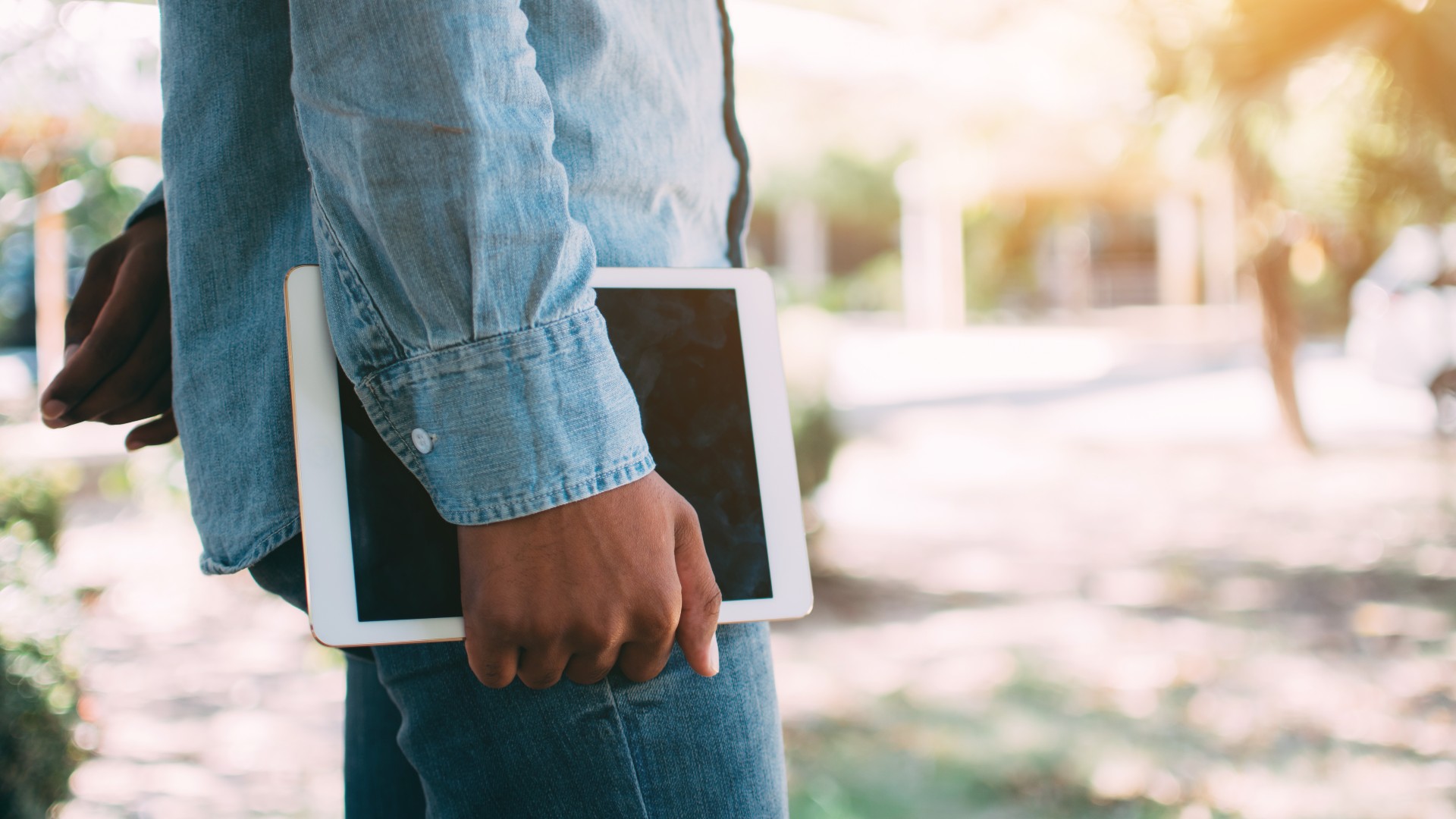
Are you a student looking for a great tablet? We’ve got you covered — whether it's an iPad or an Android device — and across all price ranges and screen sizes.
Tablets slot nicely in between your smartphone and your laptop, offering a larger canvas for apps and creative projects than the former without the added bulk of the latter. They’re slim, can be connected to a keyboard and mouse, and often have an excellent battery life. They're often just as powerful as a laptop, too; in fact, some of the iPads on this list have the same processors as you'd find in the best MacBooks for students.
Whether you’re looking for something to boost your productivity levels, scribble down notes, or just enjoy watching TV and movies — or even play some games after a long day — we’ve rounded up our picks for the best tablets for students right here. If your heart is set on an Apple device, also check out our rundown of the best iPads for students.
Best tablets for students

Specifications
Reasons to buy
Reasons to avoid
The iPad Air M1 makes the argument that anyone thinking about spending considerably more on an iPad Pro may not need to after all.
The recently overhauled, slimline tablet offers a 10.9-inch display that has a 2360 x 1640 pixel resolution and a 12 MP camera on each side. Most importantly, it features Apple’s M1 chip, also found in some MacBook models, meaning it has impressive battery life and more power than you’d ever really need in a tablet.
Add in Apple Pencil support and the ability to connect it to the Apple Magic Keyboard (sold separately) and you’ve got a very solid tablet option that’ll handle notetaking, content creation, and video calls with ease.
The only real issue is the 64 GB storage at the low end, which can be increased up to 256 GB for $150 more.
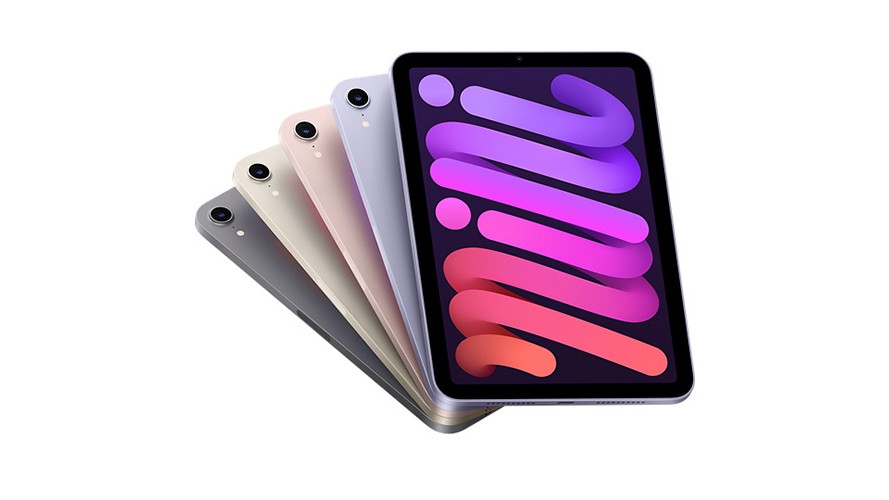
Specifications
Reasons to buy
Reasons to avoid
Apple left the iPad Mini untouched for years, but the 2021 redesign was worth the delay. Overhauling the outer design to more closely match the iPad Pro, it now offers an 8.3-inch screen with thin bezels that means it remains impressively compact – you can fit it in a back pocket of a pair of jeans, for example.
The iPad Mini has an impressive battery life, so if you snap the Apple Pencil onto the side you’ll be able to enjoy hours of taking notes, drawing diagrams, or creating arty masterpieces. It’s also got a fingerprint sensor built into the power button, so it’s nice and secure.
This mini marvel also packs two 12 MP cameras, but is too small for the Magic Keyboard – so you’ll need to connect a Bluetooth one (although that’s going to be considerably cheaper). It also doesn’t have an M1 chip, so features like Stage Manager in iPadOS 16 won’t run, but at this screen size, it’s unlikely to be a major issue.
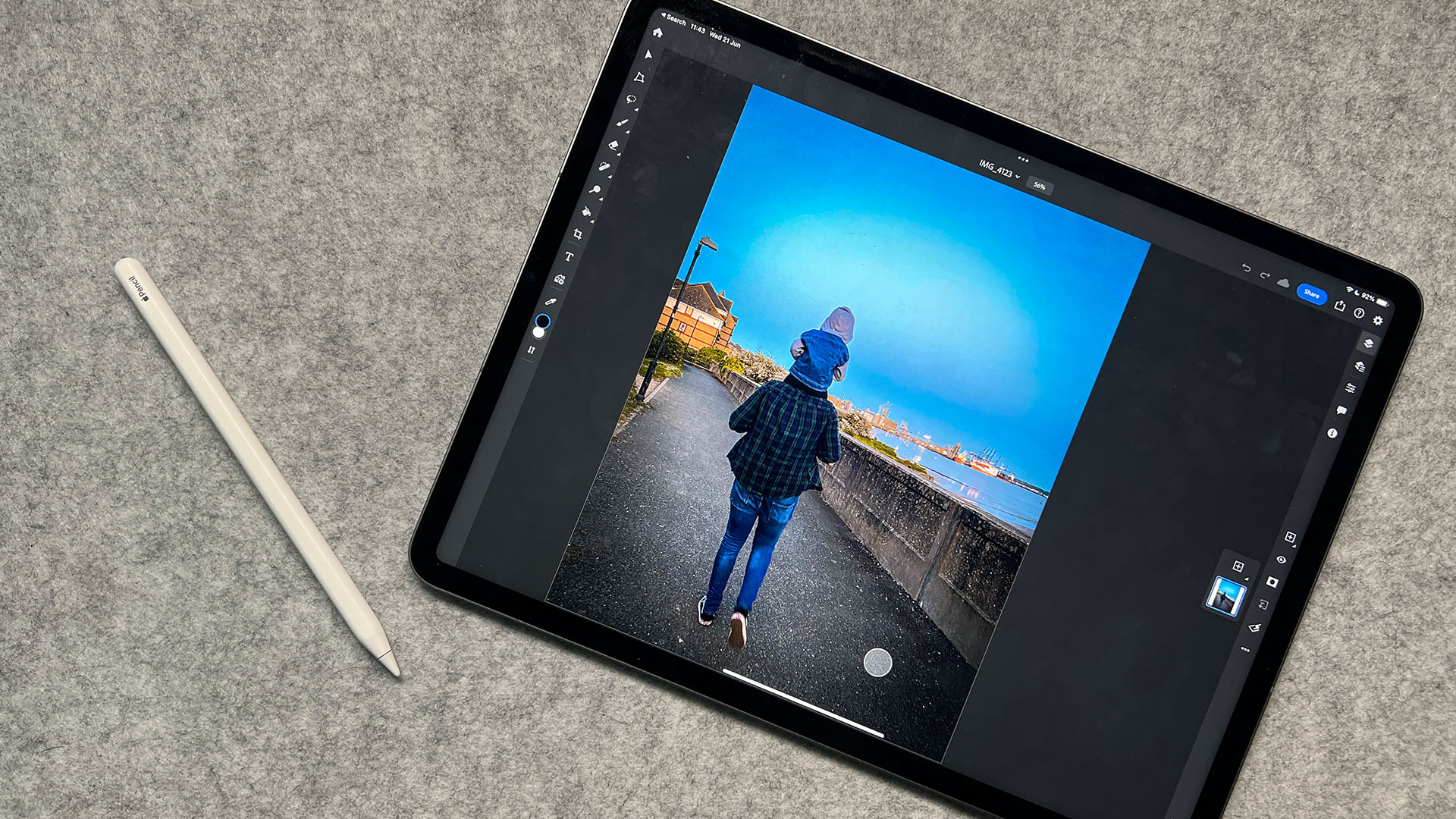
Specifications
Reasons to buy
Reasons to avoid
The iPad Pro is widely considered Apple’s best tablet. It’s currently the only iPad with an M2 chip and it offers a crystal-clear, contrast-rich display that only gets better when it’s bumped up to the 12.9-inch model.
Its physical design has barely changed since 2018, but we’d argue it’s still the best-looking iPad out there (albeit lacking in color options) — but the real pull is in that M2 chip’s power. It’s much faster than the CPUs fitted into many of the best laptops for students.
The only thing preventing it from taking the top spot on our list is its price tag, which makes it pricier than a MacBook Air if you opt for the large version. And that’s before you consider the (thankfully optional) keyboard and Apple Pencil accessories.

4. Samsung Galaxy Tab S8+
Specifications
Reasons to buy
Reasons to avoid
Samsung has been the de facto Android tablet manufacturer for a little while, and the Samsung Galaxy Tab S8+ shows just why that is. The 12.4-inch AMOLED screen is bright and beautiful, and it includes the S Pen stylus, too.
The Qualcomm chipset is powerful, but Samsung has also added a huge 10,090mAh battery to ensure it can go for hours and hours while also offering quick charging when it’s out of juice. There’s also a microSD card, so you can add up to 1 TB of storage relatively cheaply, too.
Add to that an ultra-wide camera capable of 4K recording and access to the Play Store for downloading apps for work and play, and the Samsung Galaxy Tab S8+ could be the perfect tablet for you.

5. Microsoft Surface Pro 8
Specifications
Reasons to buy
Reasons to avoid
While many tablets can feel like you need to compromise or cut corners somewhere to make them work for you, the Microsoft Surface Pro 8 is very much a laptop first and a tablet second – but that makes it incredibly capable.
In laptop mode, it’s a powerful 13-inch computer with a tactile keyboard and touch screen, as well as having support for a stylus (sold separately). As a tablet, it still runs Windows 11 so you’ll has access to the Microsoft Store, and becomes a great media consumption device, too.
If you’re looking for more than a tablet, you’ve found it, but it can cost over $1,000. Thankfully it’s regularly discounted, and we’ve seen as much as $300 off in recent weeks.
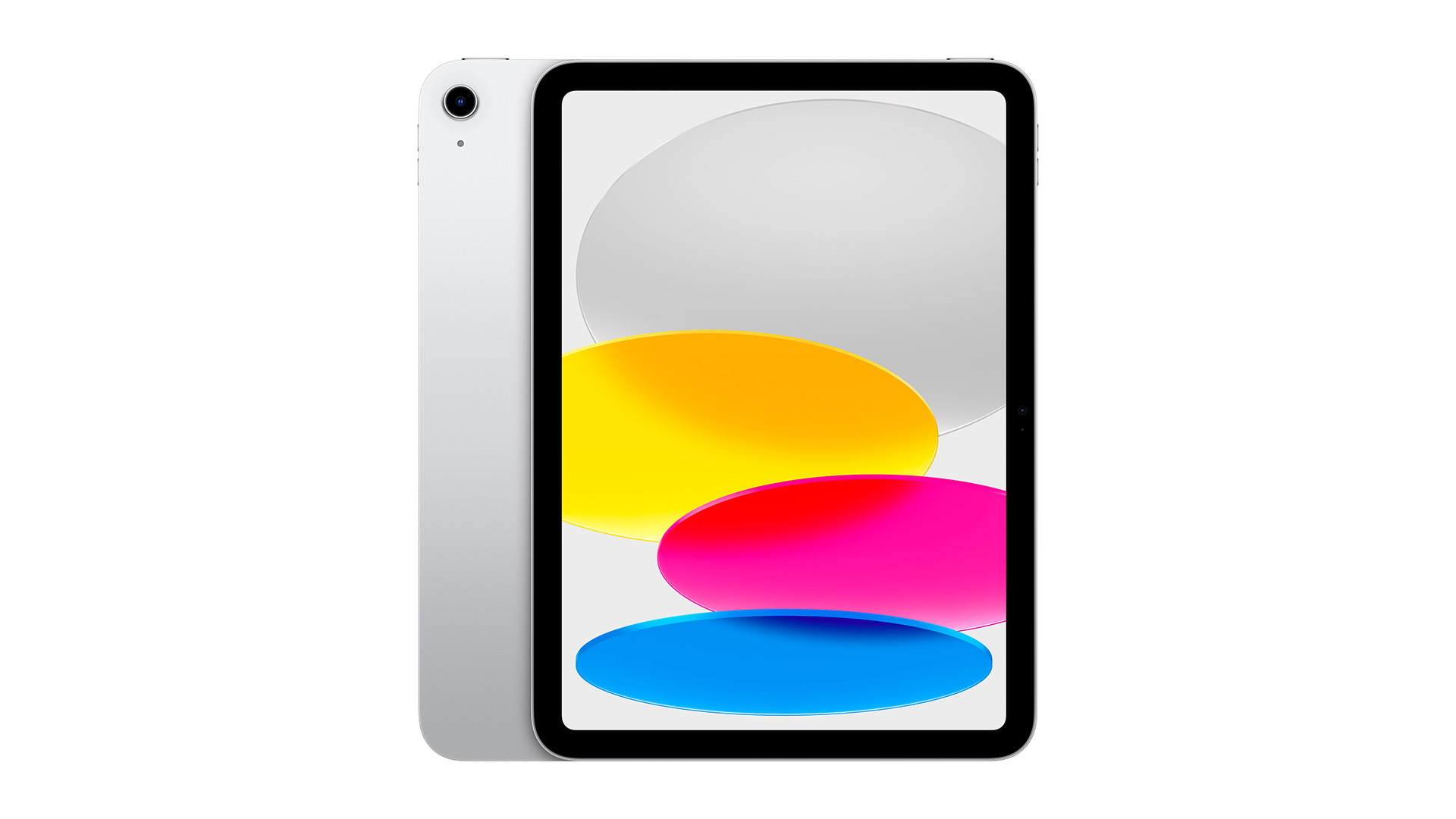
6. iPad (Tenth Gen)
Our expert review:
Specifications
Reasons to buy
Reasons to avoid
The iPad (10th Gen) is an excellent tablet, albeit one in a curious position as far as pricing goes. It’s considerably more expensive than its predecessor so perhaps not a great option for those looking to save a few bucks — for that, it's worth considering the iPad (9th Gen) as it's likely available for much less now.
This newer model is certainly worthy of a spot on our list thanks to its overhauled design, which drops the home button in favor of thinner bezels. It’s a sharp-looking tablet, and also the only iPad at the time of writing with the FaceTime camera on the landscape edge.
The A14 Bionic Chip is hardly new, but it's one of the best mobile chips out there and remains plenty powerful for the majority of apps and games in the App Store.

7. Amazon Fire 10 HD
Specifications
Reasons to buy
Reasons to avoid
The most affordable tablet on this list, the Amazon Fire 10 HD is a solid option for anyone hooked into the retail giant’s ecosystem already thanks to Alexa support right out of the box.
The latest version keeps much of what worked so well before, but adds to it with a speed boost thanks to extra RAM. It’s still not the fastest tablet around, and starts with just 32 GB of storage, but at least the latter can be upgraded with additional microSD storage.
The biggest issue is that Amazon’s own brand of OS doesn’t feature Google apps, so if you’ve come to rely on Drive, Docs, Sheets, and the like, you’re out of luck. Plus, you have to spend an extra $15/£10 to get the lockscreen without ads.
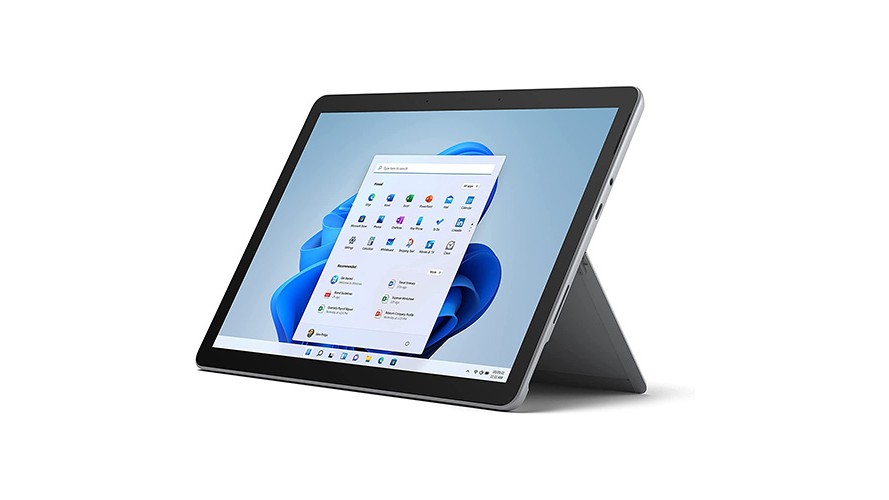
8. Microsoft Surface Go 2
Specifications
Reasons to buy
Reasons to avoid
Not to be confused with the Microsoft Surface Laptop Go 2, this tablet hybrid is akin to the Surface Pro’s little brother. Offering a 10.5-inch touchscreen on a tablet that weighs just 1.2 lbs, it’s a solid option thanks to its faster processor and ten-hour battery life.
While the keyboard cover isn’t included, it does offer a great typing experience, and you can expand the storage, too. That flexibility, coupled with the versatility of Windows 11, can ensure that the Surface Go 2 is just as capable as a tablet or as a laptop.
Are tablets best for students?
This is a complex question as there’s absolutely no denying that tablets have come an incredibly long way in the last few years. Previously seen as an awkward “halfway house” between phones and computers, advances in both hardware and software have been keenly felt in almost every effort over the last couple of years.
On the hardware front, more efficient processors mean a sizeable increase in battery life, while screen technology like OLED and AMOLED are brighter, more legible canvases to work on. Then there are more advanced styluses, which, while not mandatory, can be ideal in the right workflow – digital artwork, for example.
Tablet operating systems also continue to improve, with an increased emphasis on input/output, be that through additional options for connecting peripherals like card readers and docking stations, or full external display support.
So, tablets are closer than ever to being laptop replacements, but can they truly be considered as such? It’s a tough call, because so many apps and systems are so entrenched in Windows/macOS that professional apps don’t seem likely to make the jump anytime soon. As an example, Microsoft’s own Access application for database management, and Apple’s Final Cut Pro aren’t available on Windows or Apple tablets respectively.
Tablets also have some way to go when it comes to file management, although the emergence of systems like Google Drive, Dropbox, and similar cloud platforms have mitigated that somewhat.
It essentially comes down to the type of work you’re likely to be doing on a tablet on any given day.
Get the world’s most fascinating discoveries delivered straight to your inbox.
Lloyd Coombes freelance tech and fitness writer for Live Science. He's an expert in all things Apple as well as in computer and gaming tech, with previous works published on TechRadar, Tom's Guide, Live Science and more. You'll find him regularly testing the latest MacBook or iPhone, but he spends most of his time writing about video games as Gaming Editor for the Daily Star. He also covers board games and virtual reality, just to round out the nerdy pursuits.
 Live Science Plus
Live Science Plus






